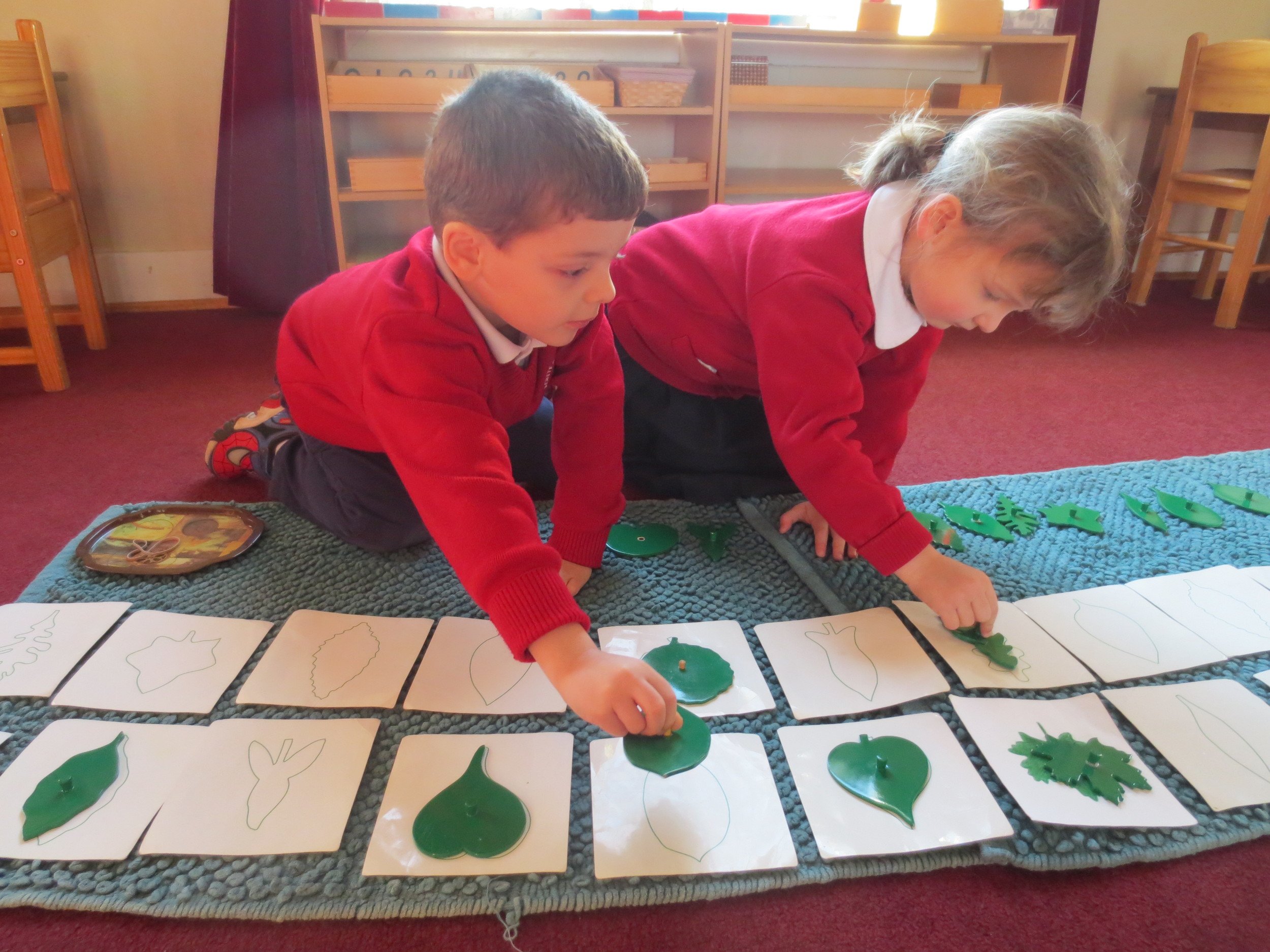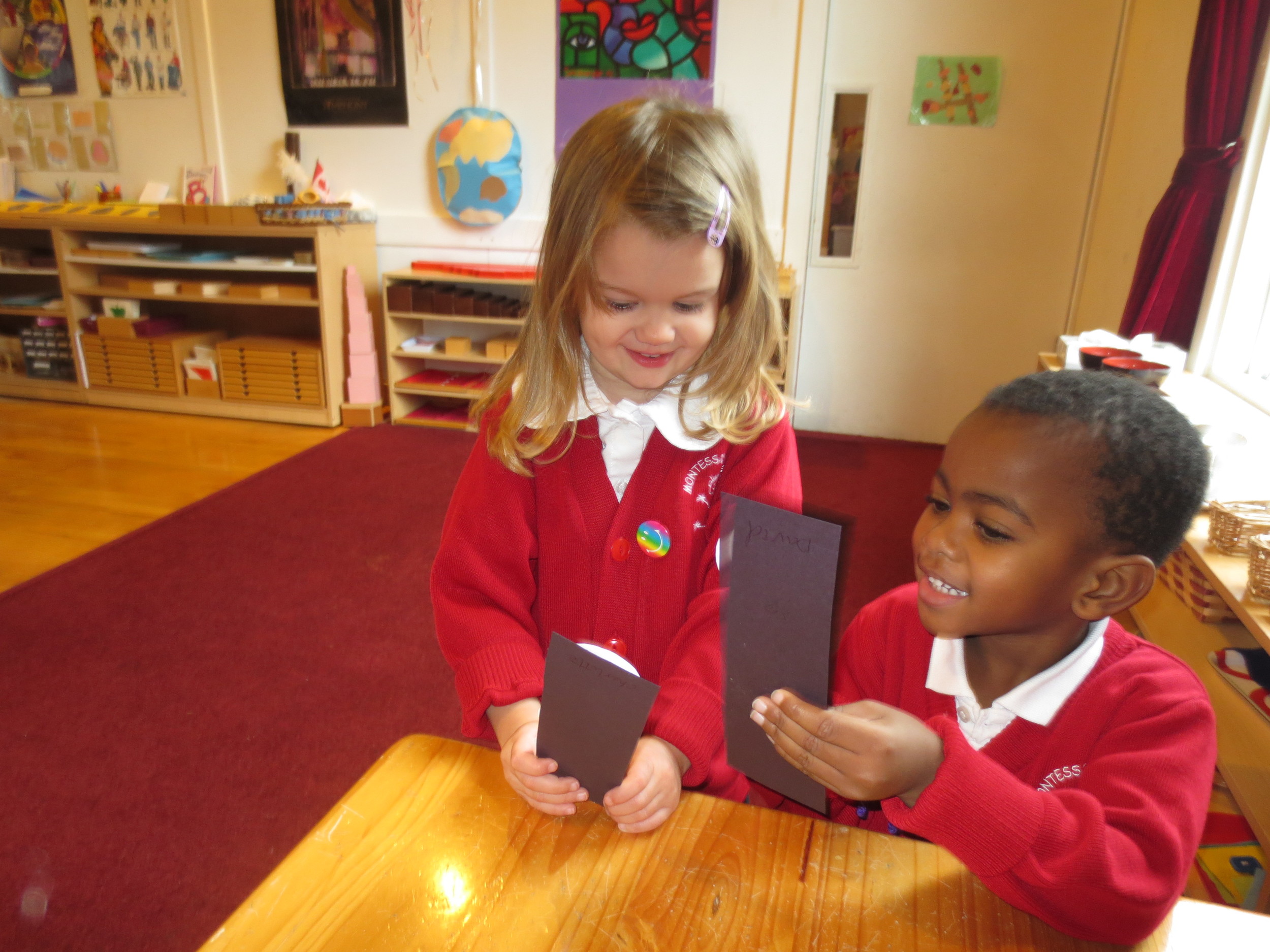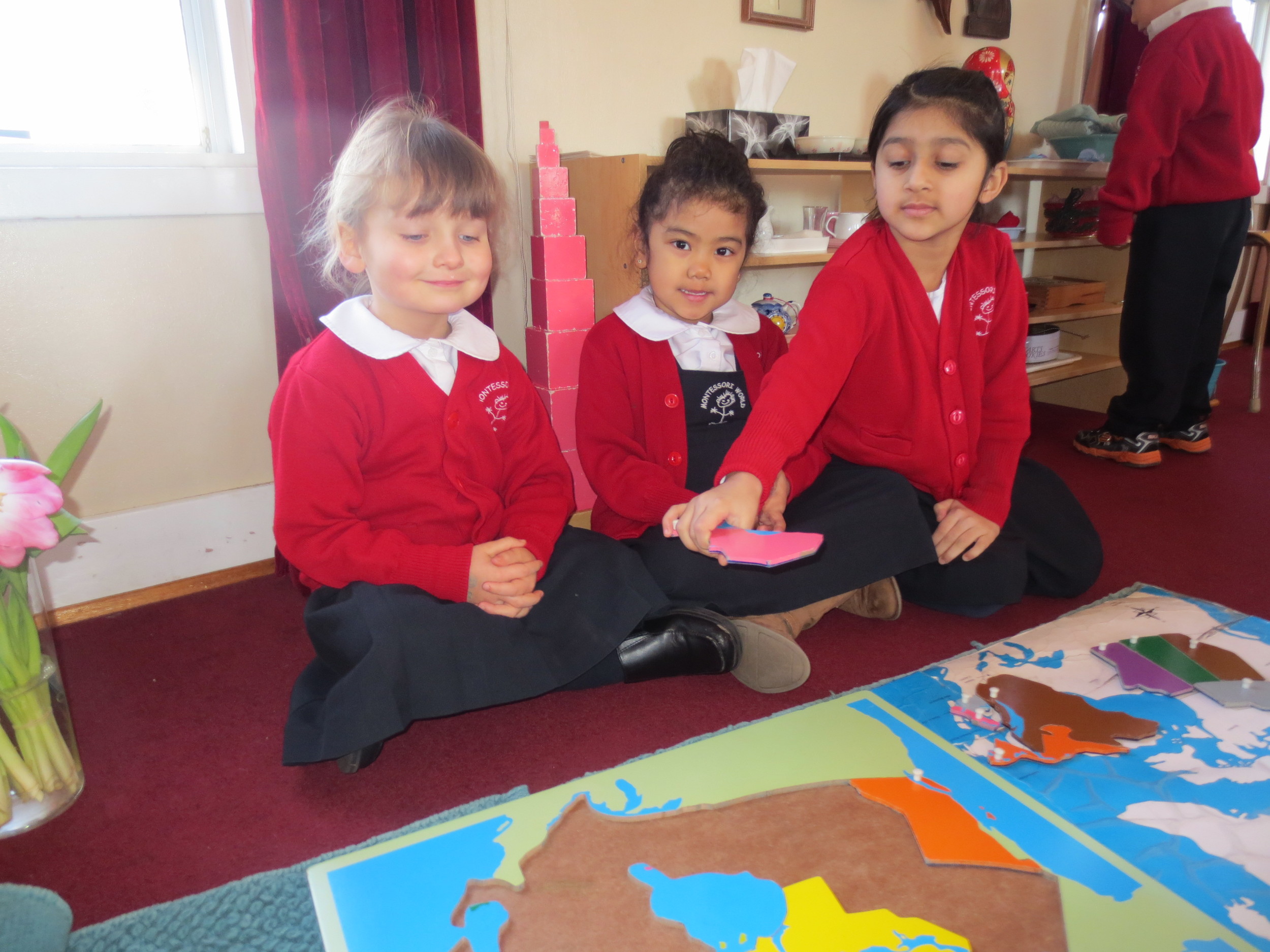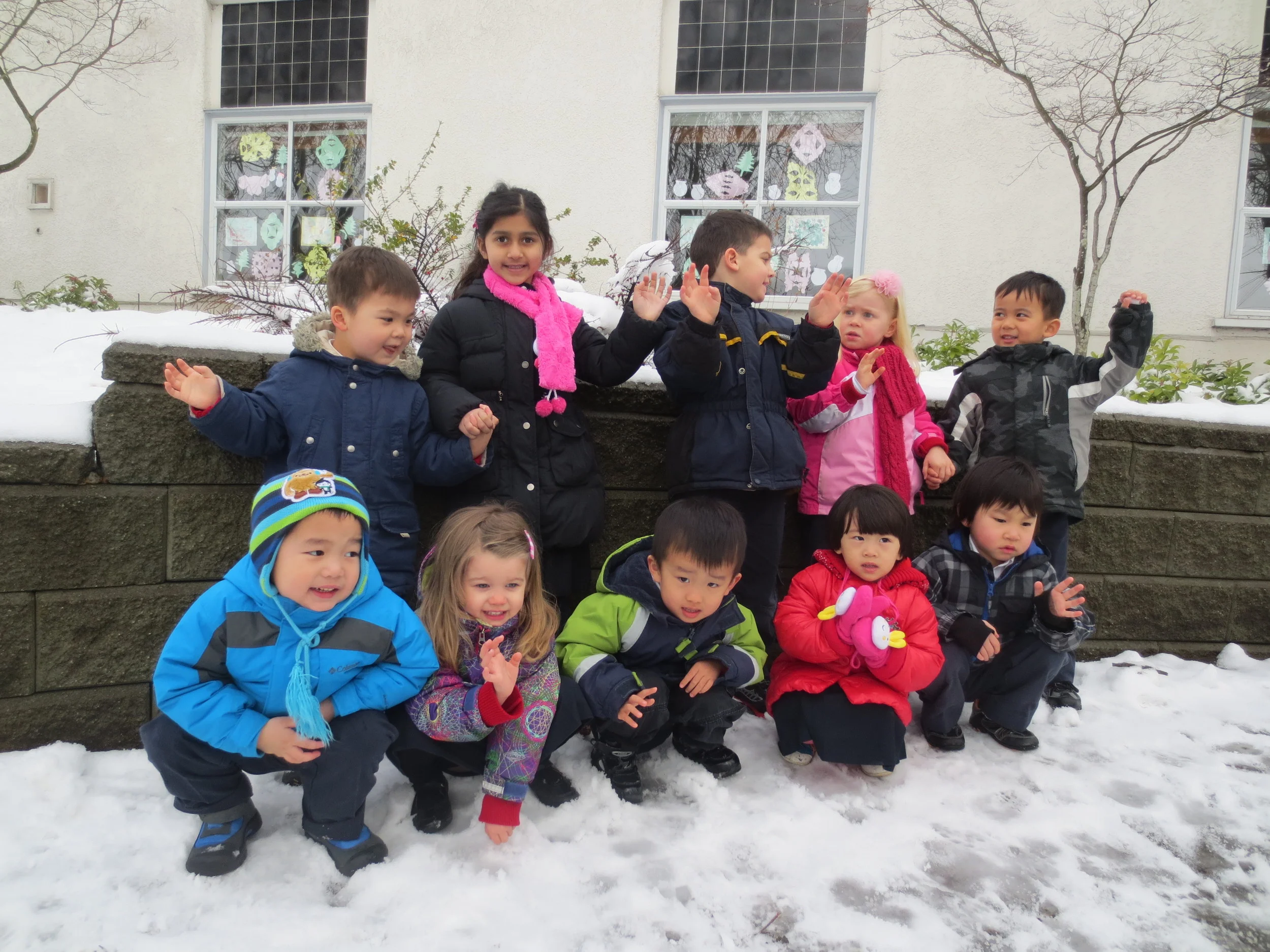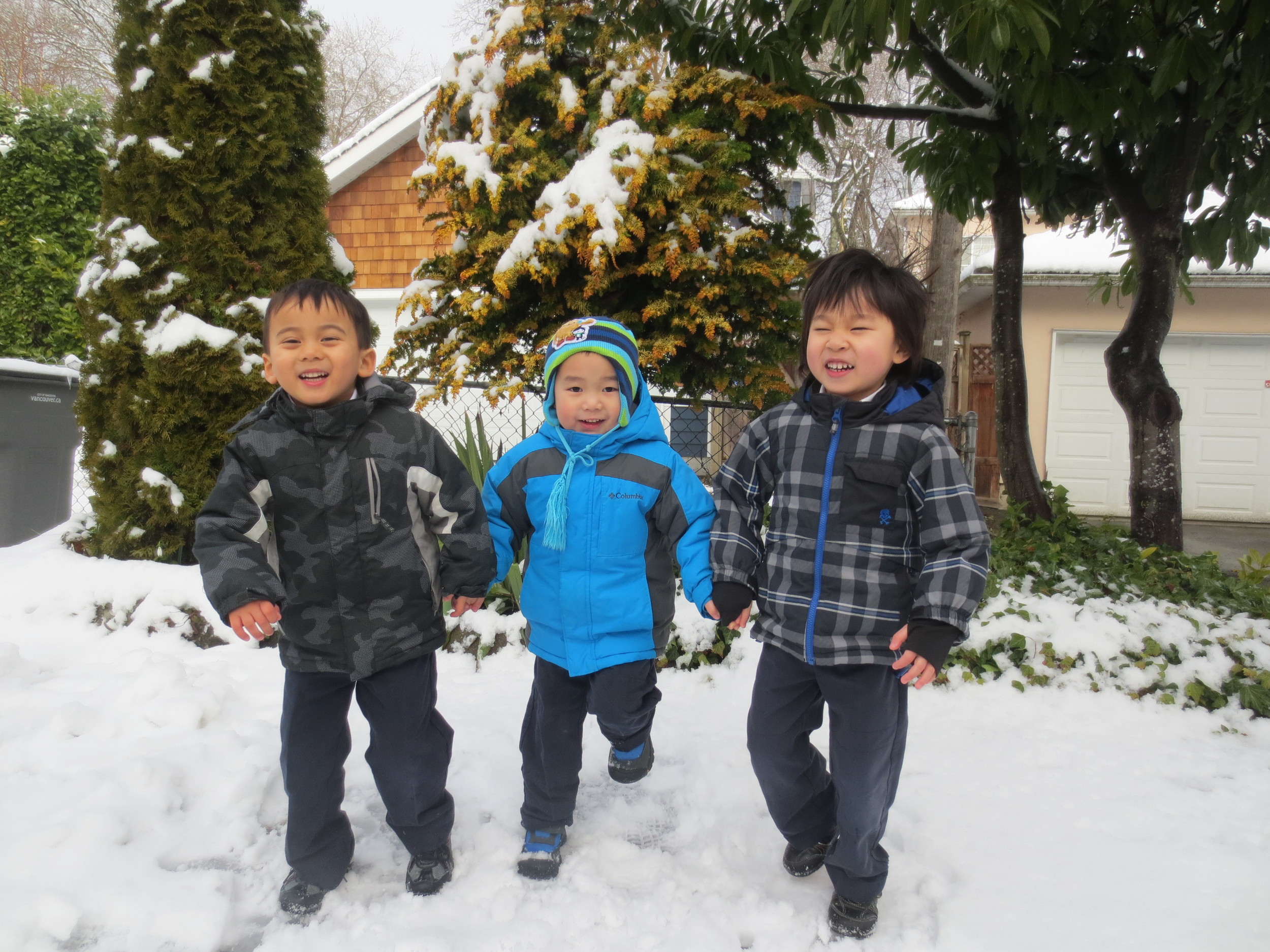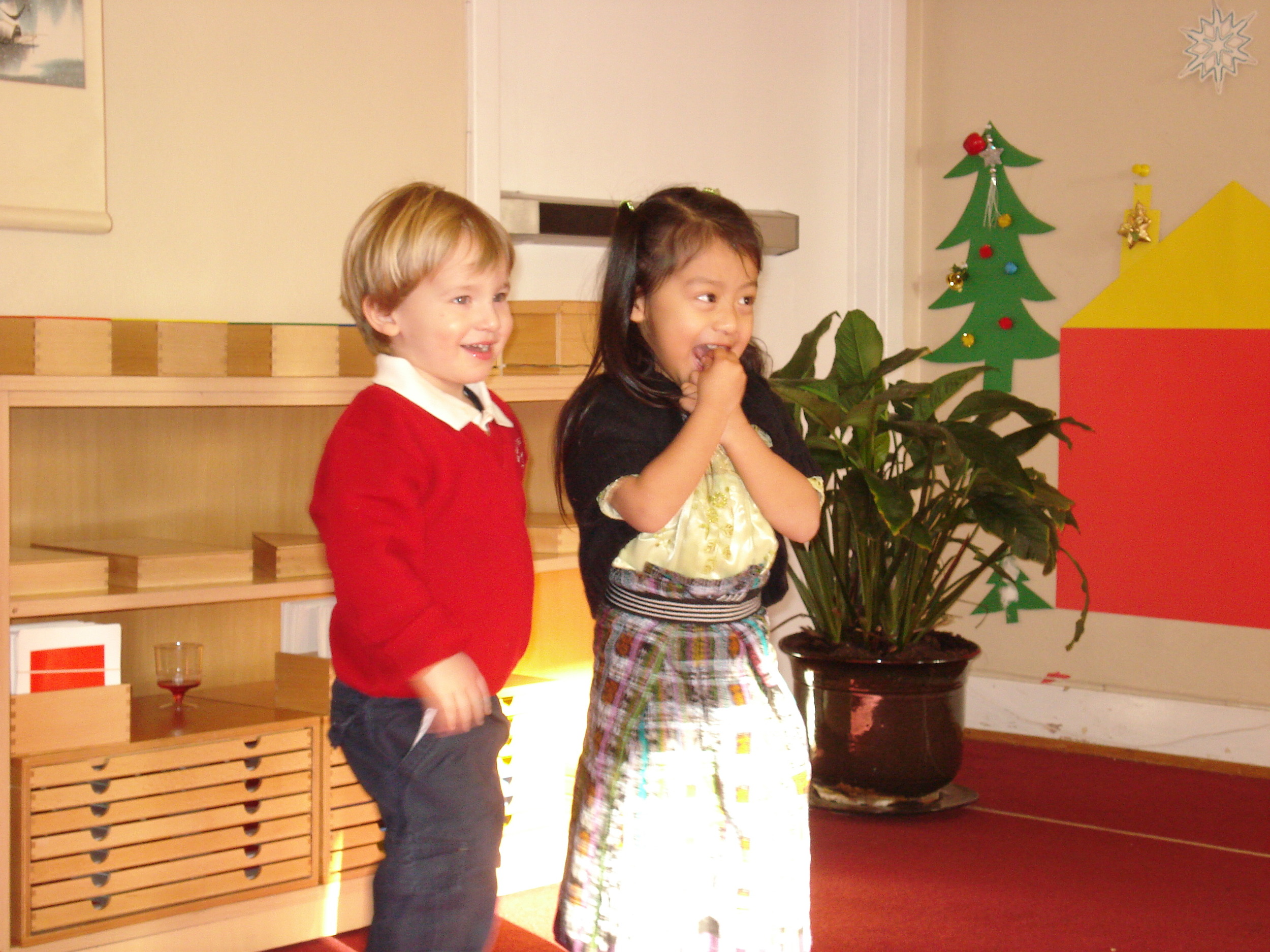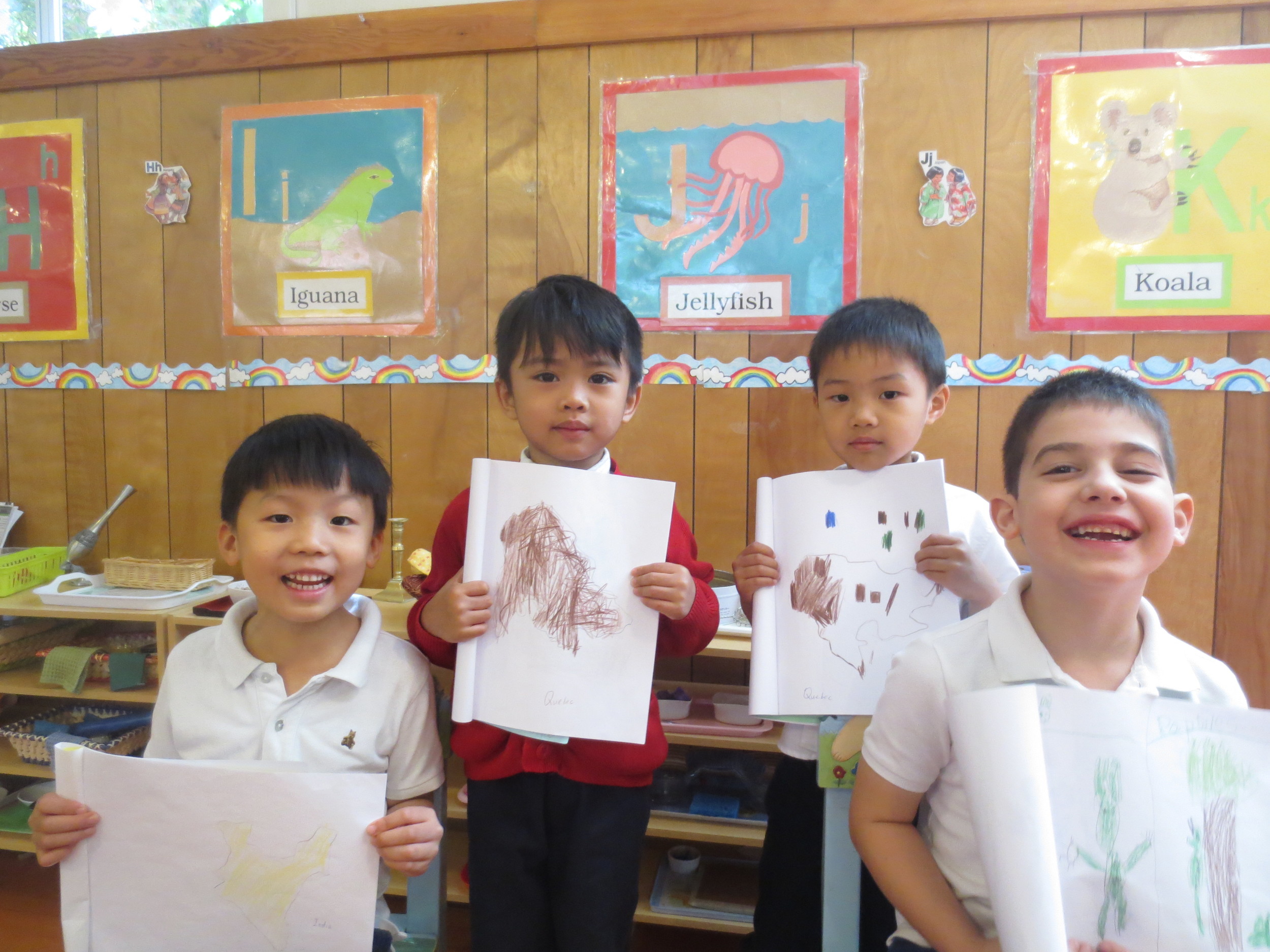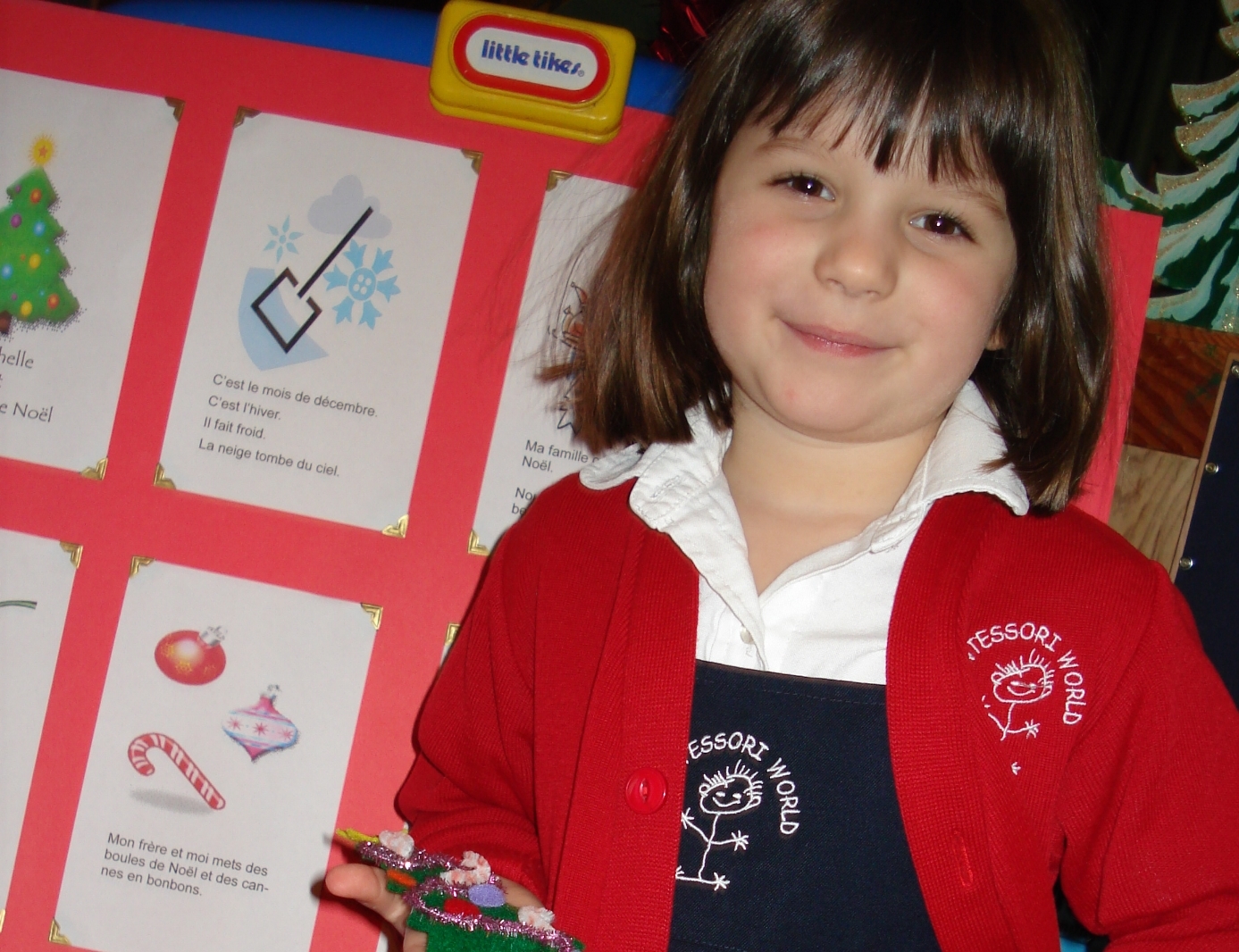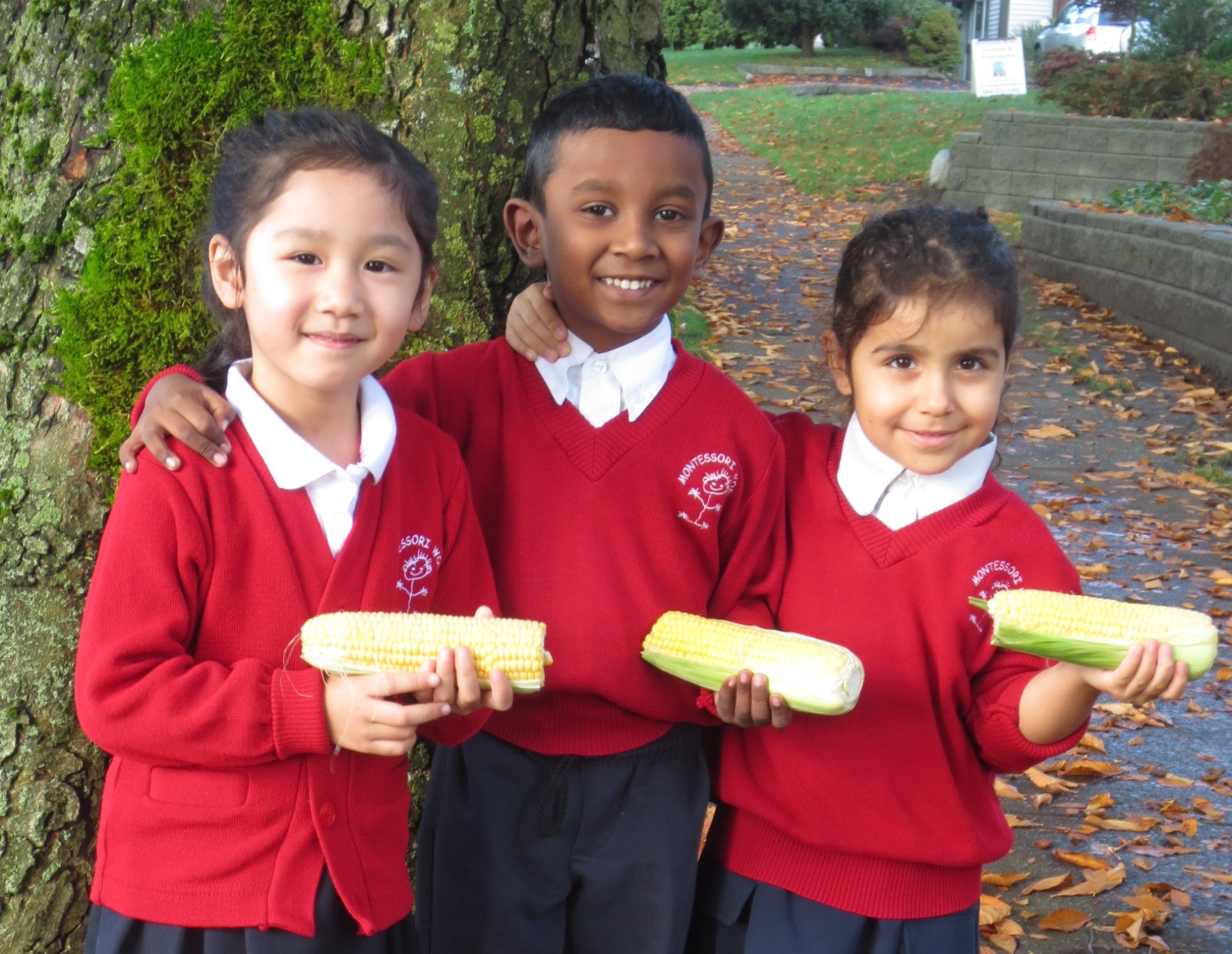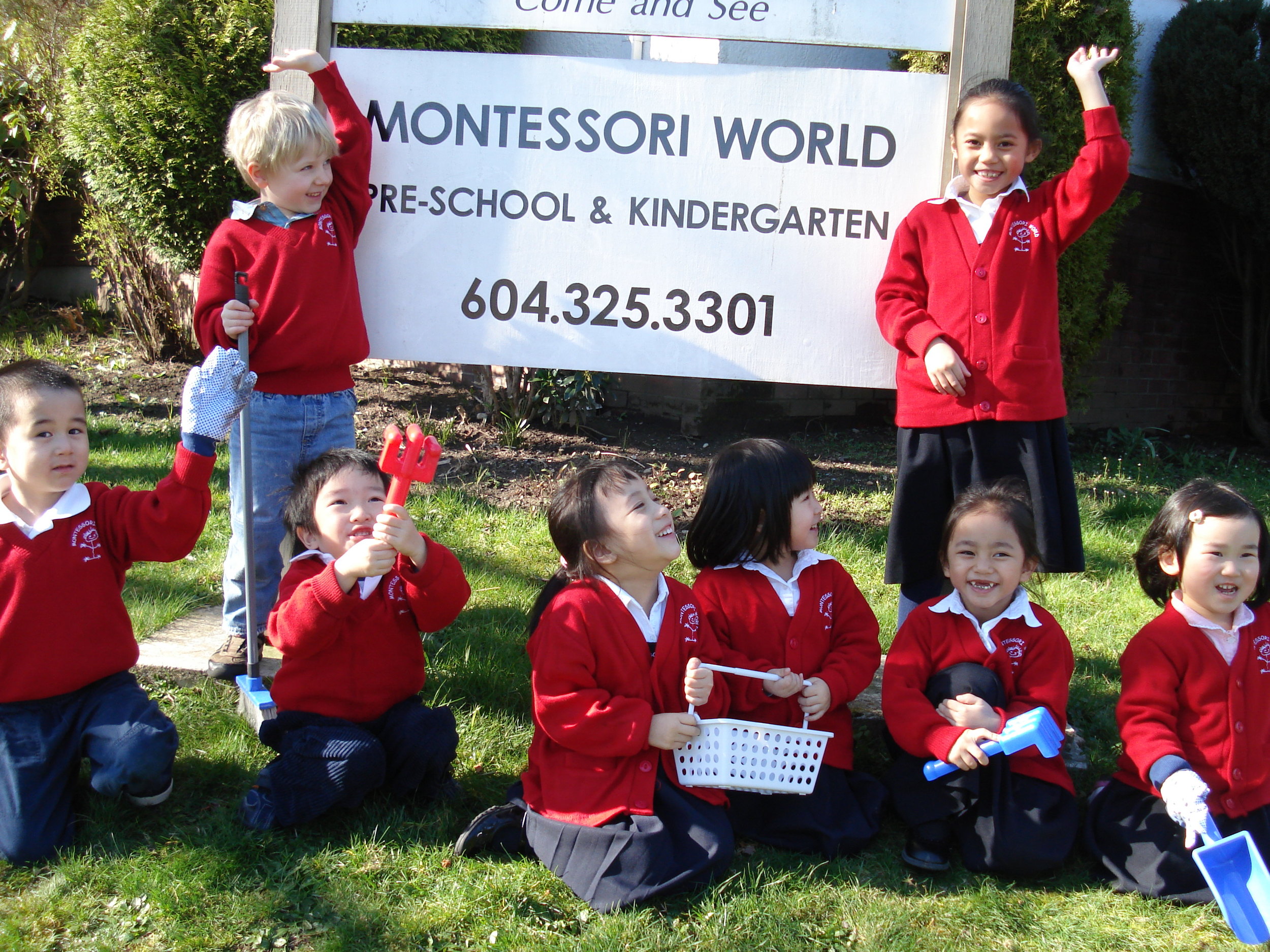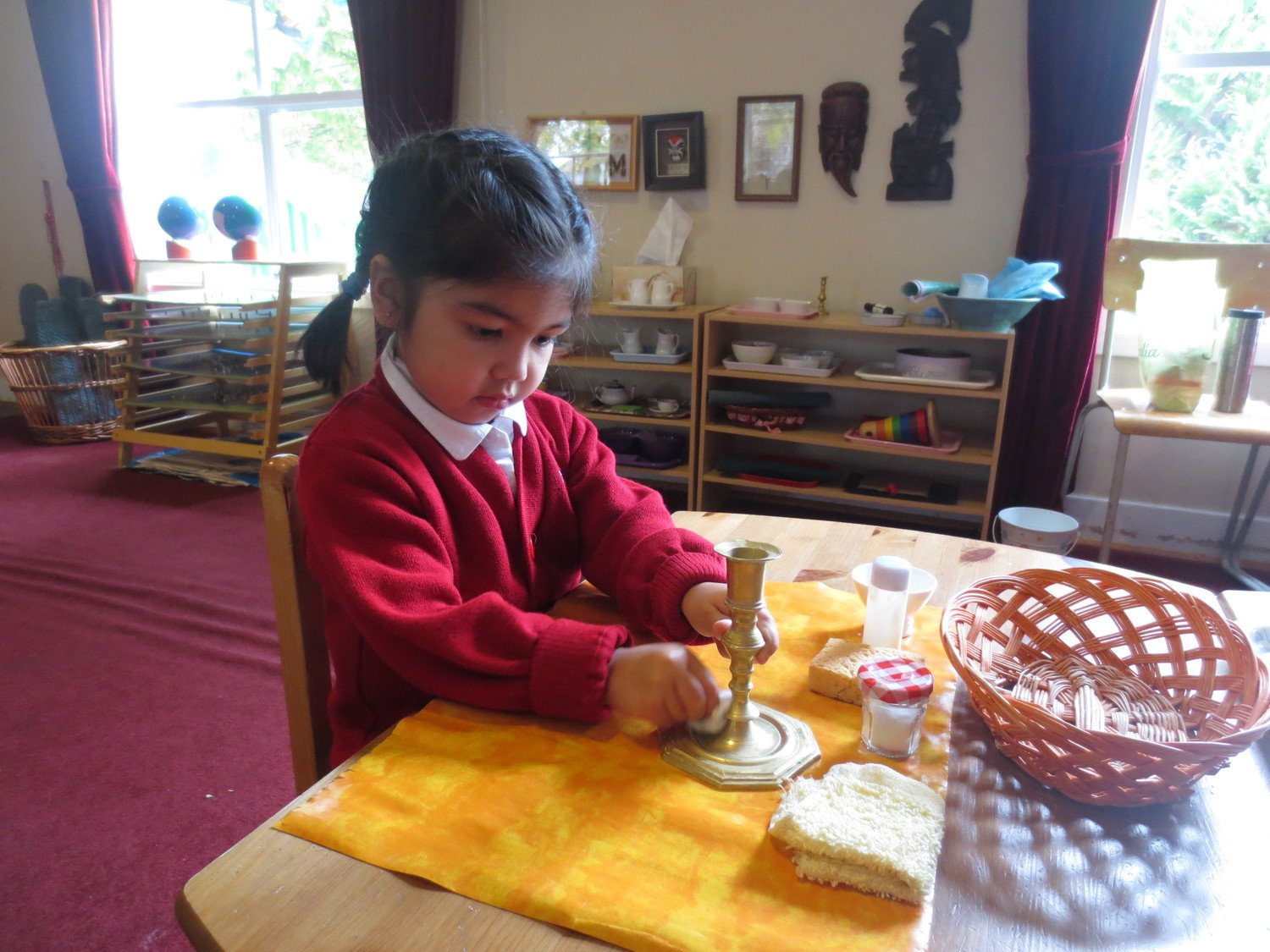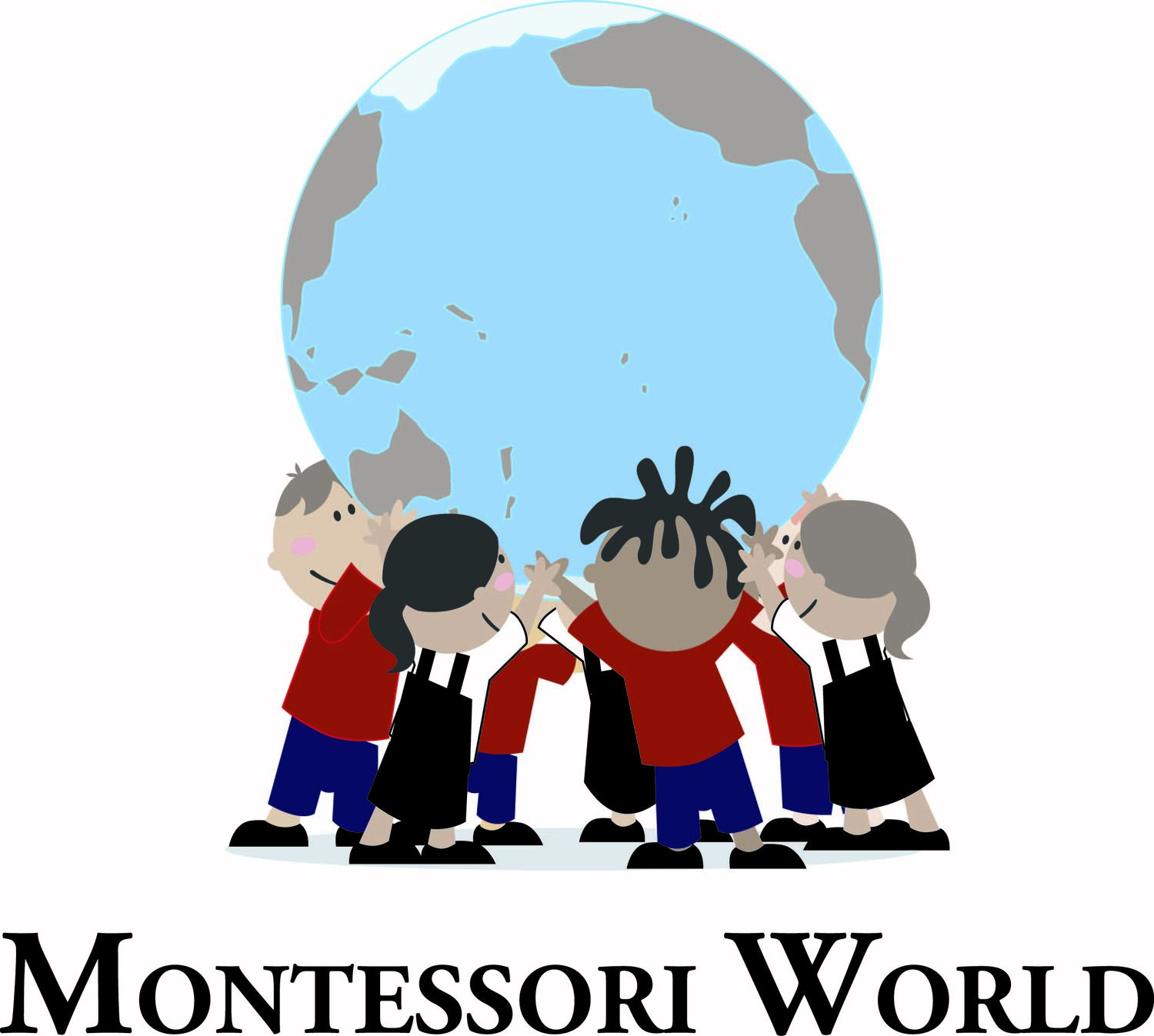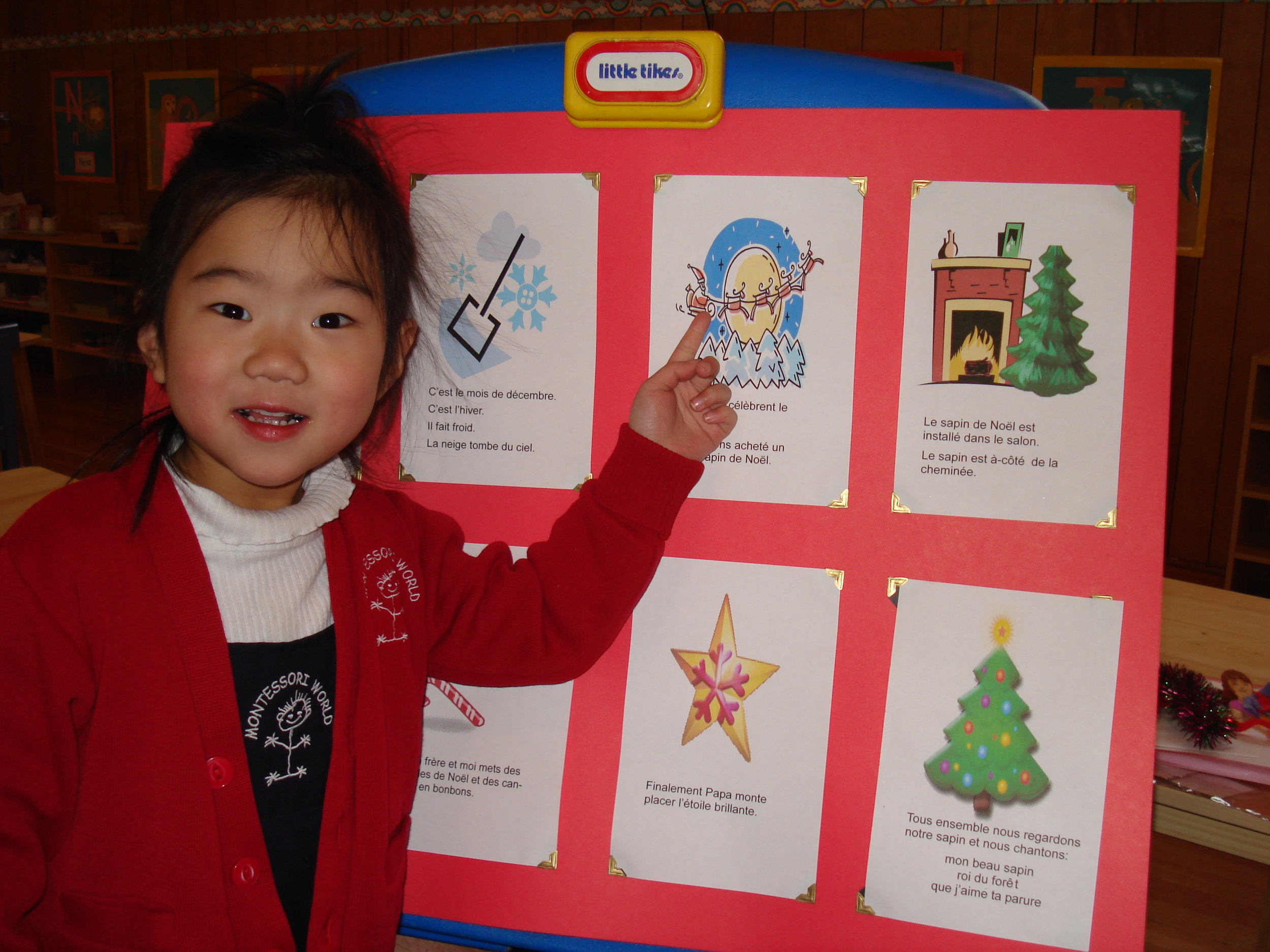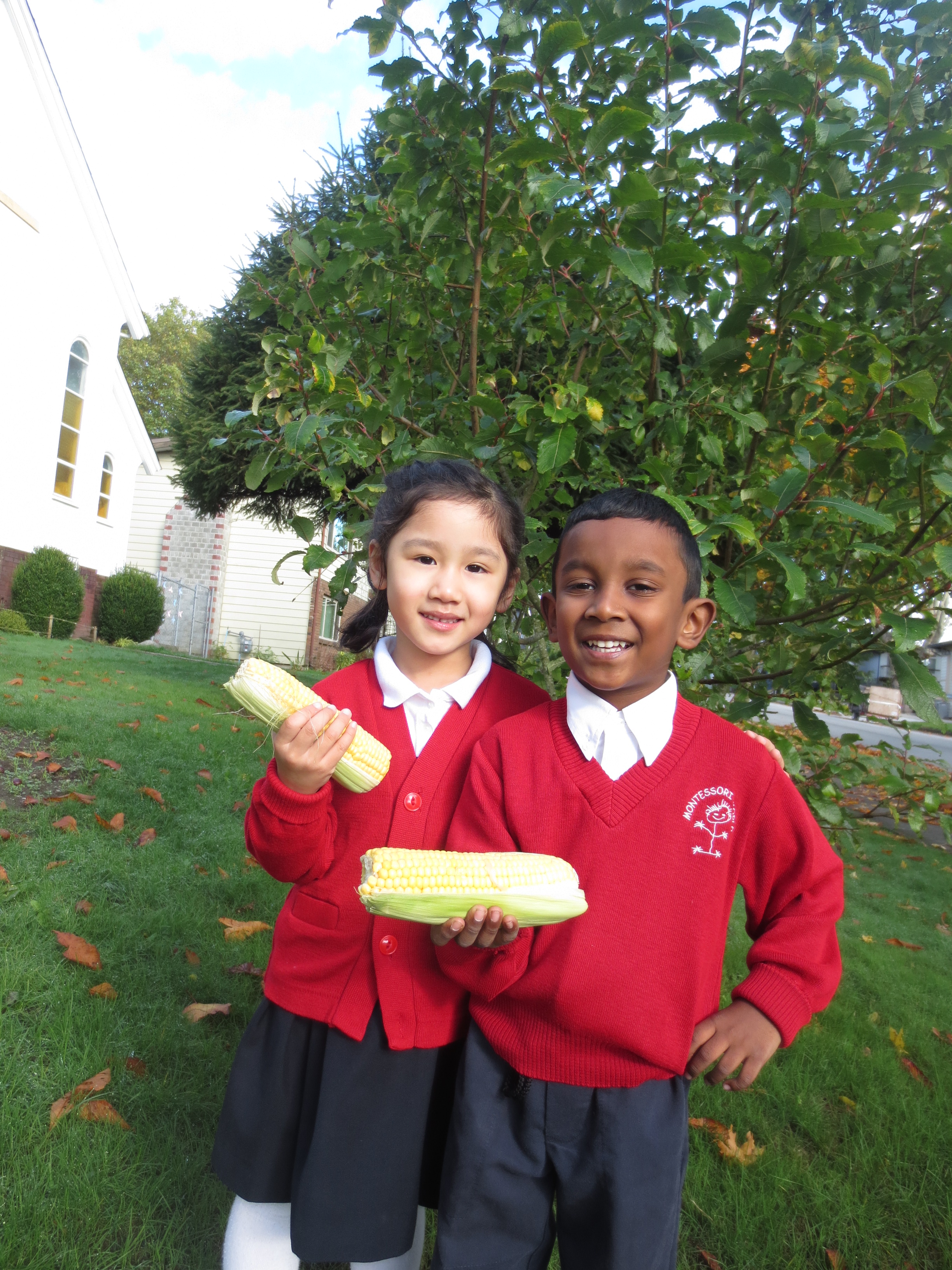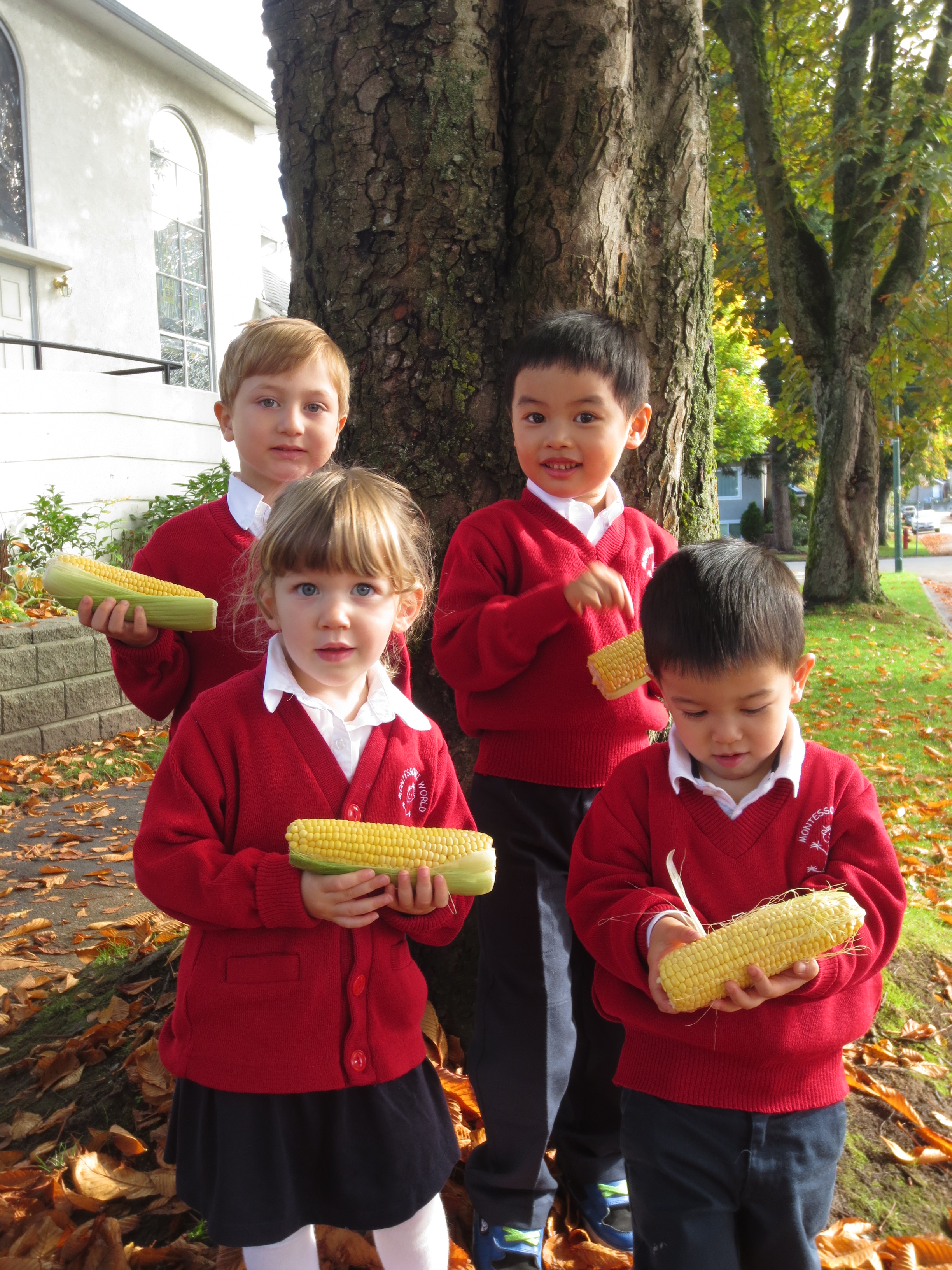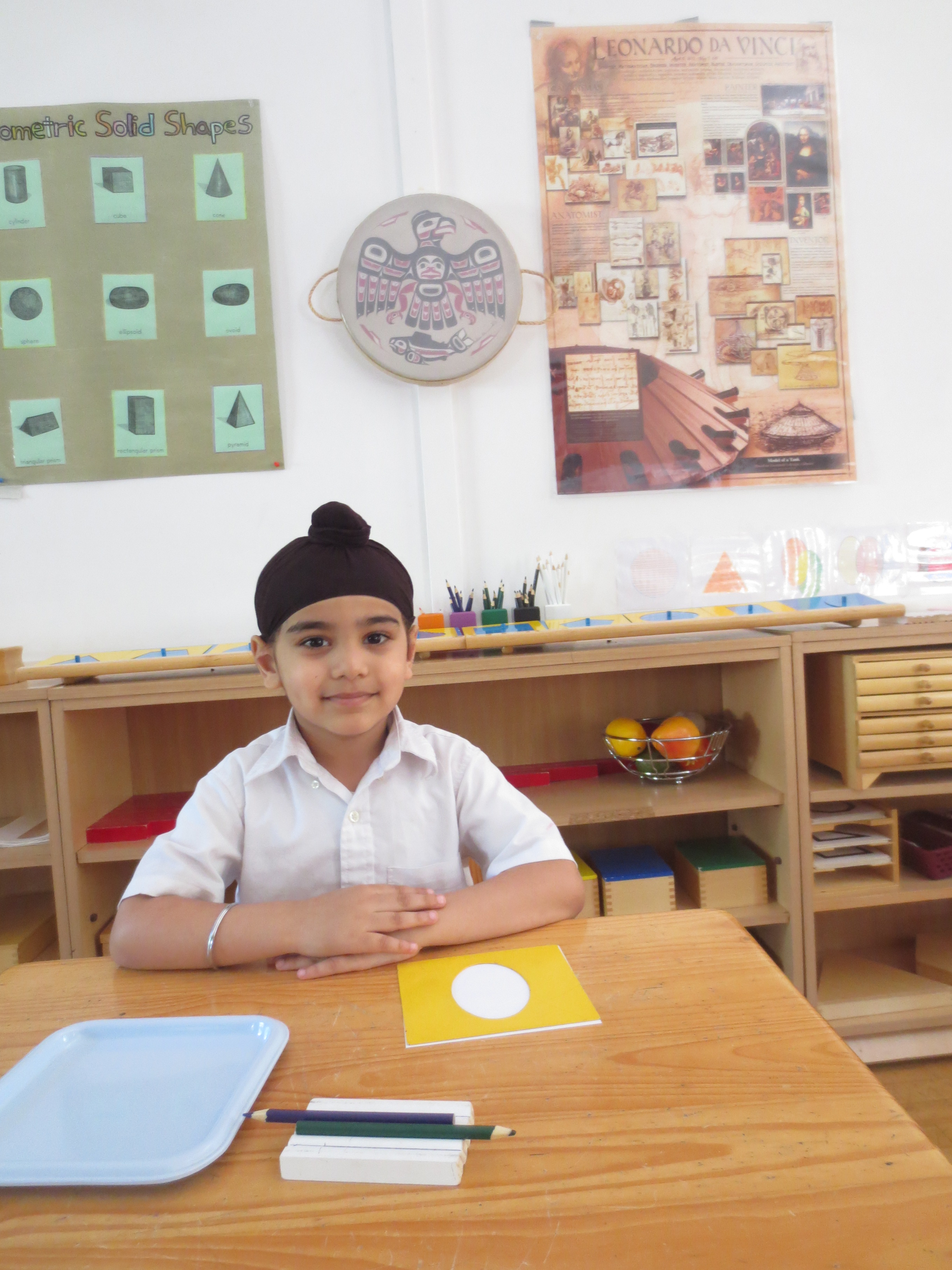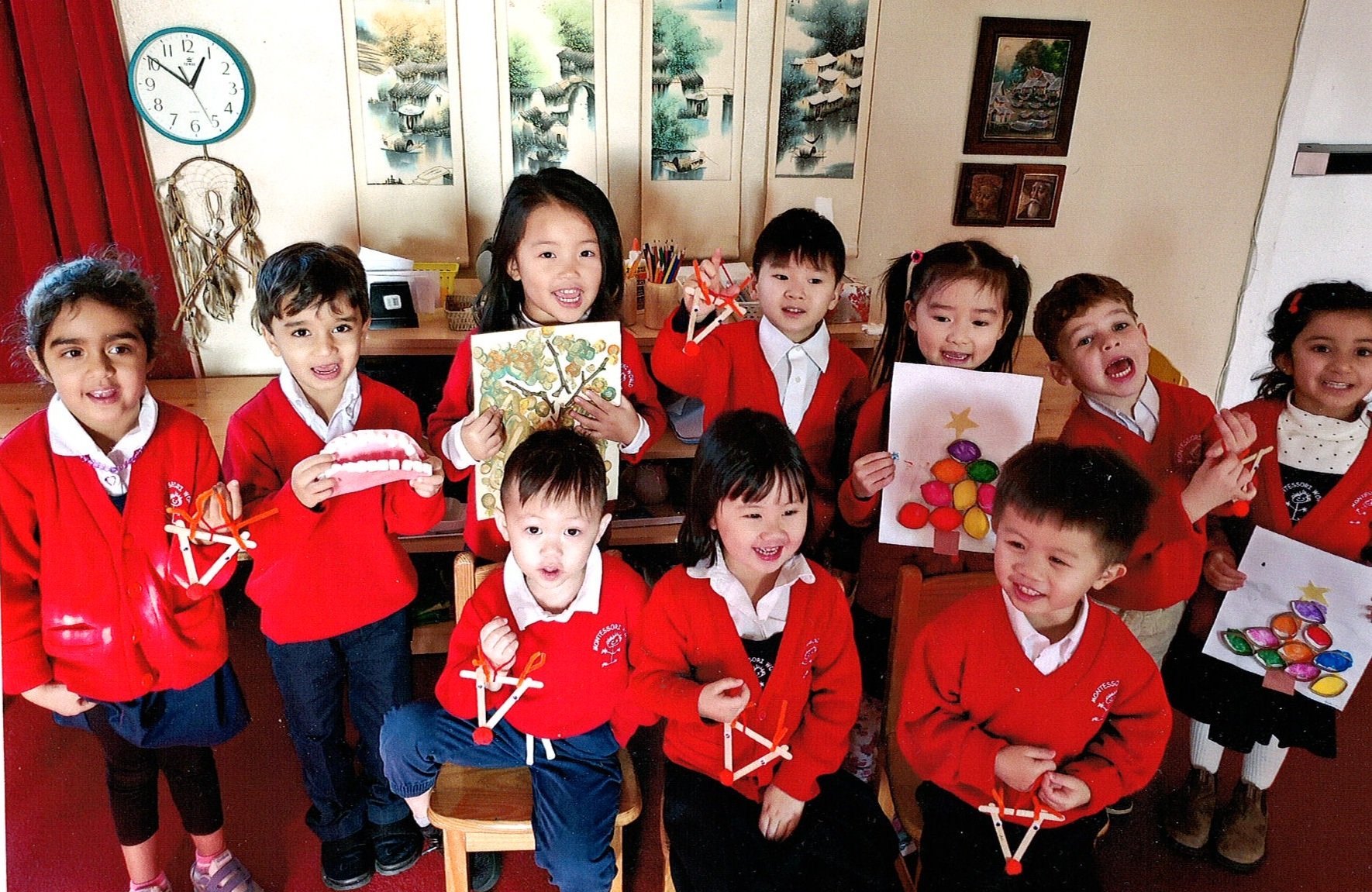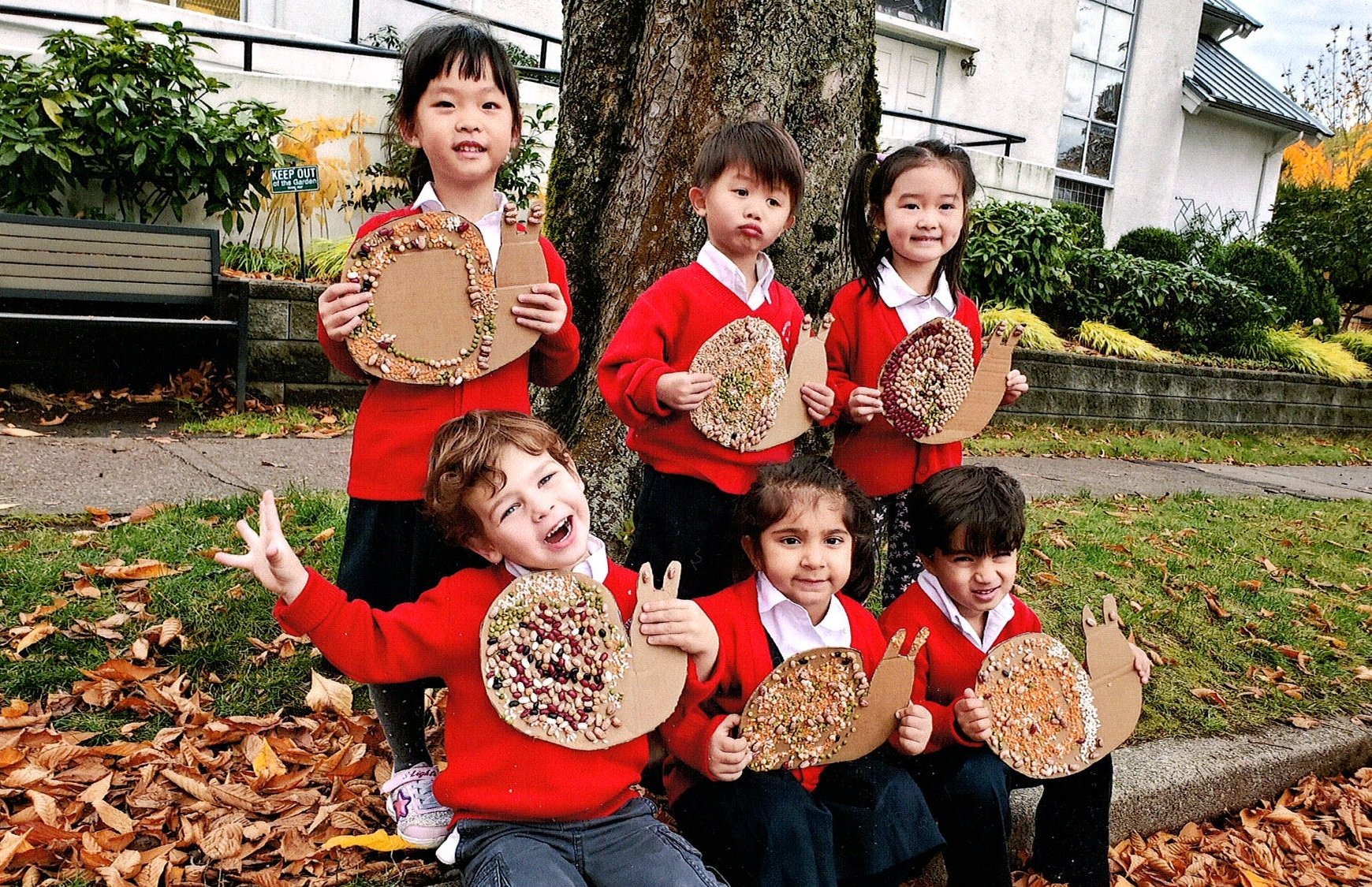CURRICULUM
Our daycare is unique because we offer a Montessori approach which is preparation for life. Through hands-on learning experiences, we focus on the development of early language and math skills while also ensuring that the children are socially engaged in creative play.
What is a typical day?
children are welcomed to our daycare with a warm greeting at the door
circle time (songs, talking about the weather, calendar, sharing of news)
individual work or with a small group (staff giving lessons throughout the day)
snack time
outdoor play
lunch time
nap for children who need one
preK preparation program for children who do not need a nap or rest
afternoon snack time
entire group has outdoors play
cooking, art, music, and yoga classes
Snapshot of the curriculum
Practical Life
The skills for everyday life are learned here. Example tasks include pouring, spooning, arranging flowers, taking care of plants, polishing wood, learning to button, snap, zip, and the tying of shoelaces.
By engaging in these purposeful exercises, children are learning to take care of themselves and their environment. By helping to take care of the classroom community, the children grow in self-confidence and independence.
Sensorial
From birth, children interact with their world through the senses. In the classroom, children use beautifully created materials to learn to discriminate among different qualities such as size, shape, colour, texture, weight, and pitch.
Language
The children will learn their letter sounds and start to build words as they start their journey on learning how to read with us. With a strong foundation in language skills, they will be confident learners as they enter Kindergarten.
Oral language is the cornerstone for language development at this age. Language skills are developed through play, songs, and storytelling time.
We also have pretend play equipment (e.g. serving tea, setting a table, preparing food) where children can use their imagination!
Math
We use hands-on concrete materials to develop the mathematical mind. The math program includes understanding of the numbers 1 to 10 (or to 100), associated quantities with the number symbol, and the basic four operations (addition, subtraction, multiplication, and division).
Cultural
Early on, the children are introduced to the names of the continents, countries and their flags, animals, and plants. Children also will have the opportunity to learn about people from around the world through an exploration of food, clothing, music, and a celebration of holidays and cultural traditions.
Fine Arts
Our music lessons introduce the singing of songs, dance, rhythm, and beats.
On a daily basis, art is available for the children to make their own art projects using materials for collage, painting, and drawing & colouring.
Special Days
Many wonderful memories are created on special days such as Halloween, Diwali, Valentine’s Day, Family Day, and Lunar New Year. Families are welcome to come in and share cultural traditions or bring in a treat/cake to celebrate their child’s birthday. One of our favourite times of the year is when family members come for tea for Mother’s and Father’s Day.
